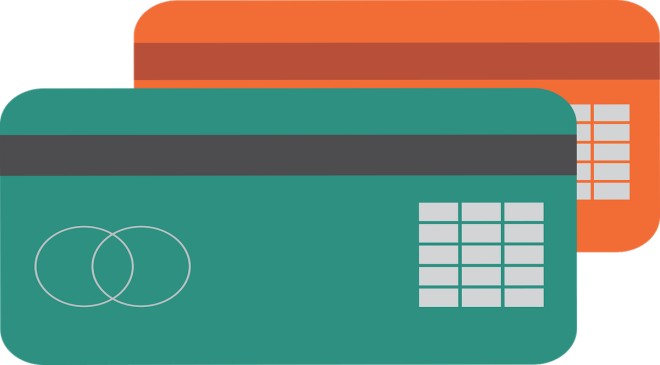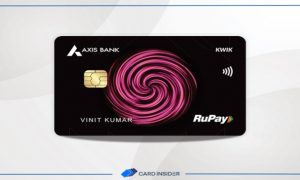The payments landscape in India has been evolving rapidly, especially since the pandemic and extensive digital adoption across industries. With UPI being the most preferred payment method among customers and merchants owing to the benefits like the ease of transactions and the fee-free model, it has emerged as a clear winner in the digital payments space, recently clocking the processing of Rs. 10.4 lakh crore in May 2022 (Source: RBI).
However, other players such as debit and credit cards, digital wallets, Buy Now Pay Later etc. have also been existing together in the payments market with the exclusive set of benefits they offer to their respective set of users.
While UPI payments have been prevalent for small-ticket spends, credit card spends are usually favoured for larger ticket items. Although, unlike UPI payments, they account for a smaller portion of digital transactions, their issuance has grown 16.3 per cent year-on-year by the end of February 2022, as per the data with the RBI.
Read more: PAN-Aadhaar Linking: Do it by THIS date or face a penalty of Rs 1,000
Merging the popular payment option with the flexible one
The Reserve Bank of India’s (RBI) latest announcement around the proposed linking of credit cards to UPI is expected to be a great payment option. UPI and credit cards both offer unique benefits to customers.
UPI payments are free and require single-click authentication, while credit cards offer a short interest-free credit period and reward points, which also means that with the proposed facility, customers can use UPI even for large ticket items. The users can have a balanced option to choose how they can pay- either by debit or credit card linked with UPI. This integration will solve multiple hassles in the customer payments journey right from erasing the need to carry credit cards and swipe at the Point-of-Sale machine/fill card details online to enjoying more secured payments.
The move will thus deliver a more convenient customer payment experience, in turn widening the scope of digital transactions and merchant tie-ups in India.
RBI aims to launch this facility with the country’s very own payments service system- RuPay. However, it is quite unclear how the Merchant Discount Rate (MDR) will be applied for upcoming UPI payments done using credit cards. For banks, although co-branded credit card partnerships with merchants across categories like fashion, fuel, travel and more already generate value-added offerings for their customers, this move will strengthen such offerings due to a seamless payment experience.
Read more: Debit Card, Credit Card Online Payment Rule Changes from Next Month: Know Details.
The Indian Digital Payment Revolution
With systems including UPI, Bharat Bill Pay, and RuPay, under its hood, the National Payments Corporation of India (NPCI) has targeted UPI payments worth $1 billion a day over the upcoming two-three years.
Credit cards still hold a significant position with 26 per cent market share in volume and 53 per cent in value in the merchant acceptance payments space. Linking UPI, which already dominates the digital payments space with credit card, will pave way for more geographies to adapt UPI much faster and easier. Additionally, it evolves into many more embedded payments in the near future and will prove to be a big move toward achieving a cashless economy.





































